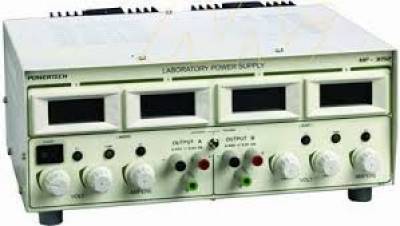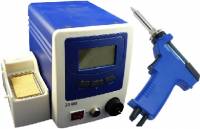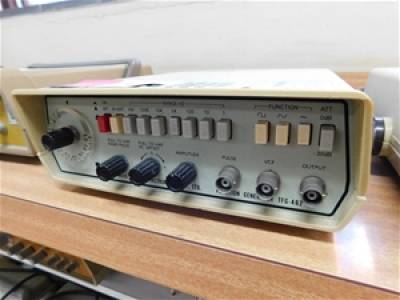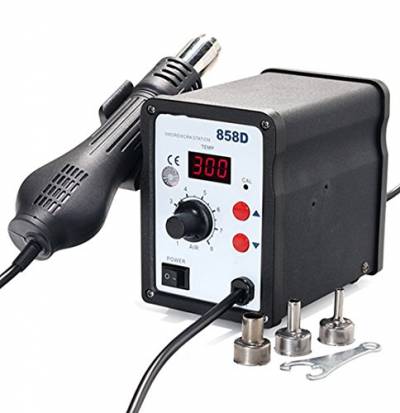Electronics
At HSBNE, the electronics area refers to the practice of designing, assembling, and experimenting with electronic circuits. This includes soldering components onto PCBs, programming microcontrollers, and prototyping devices using breadboards.
Common tools in the space include soldering irons, multimeters, oscilloscopes, function generators, power supplies, and hand tools. Microcontrollers like Arduino and Raspberry Pi are frequently used for everything from basic circuits to robotics. Understanding electronics is a valuable skill, offering insight into the technology behind modern devices.

Bench Power Supplies
Bench power supplies offer adjustable voltage and current, essential for safely powering and testing electronic circuits during development and troubleshooting.

Bench Multimeter
Benchtop multimeters provide precise measurements of voltage, current, and resistance, and are ideal for detailed electronics testing and diagnostics on the bench.

Soldering Iron
Soldering irons heat and melt solder, creating reliable electrical connections on circuit boards and wiring projects. Essential for electronics assembly and repair.

Desoldering Iron
Desoldering irons use suction and heat to remove solder from components or boards, enabling part replacement or corrections during circuit debugging.

Oscilloscope
Oscilloscopes display voltage waveforms over time, helping diagnose signal integrity issues, timing problems, and circuit performance in real time.

Function Generator
Function generators create various signal types, such as sine, square, and triangle waves, useful for simulating and testing circuit behavior under different conditions.

Hot Air Tools
Hot air tools emit streams of heated air, useful for tasks like soldering, desoldering surface-mounted components, heat shrinking, or plastic welding.